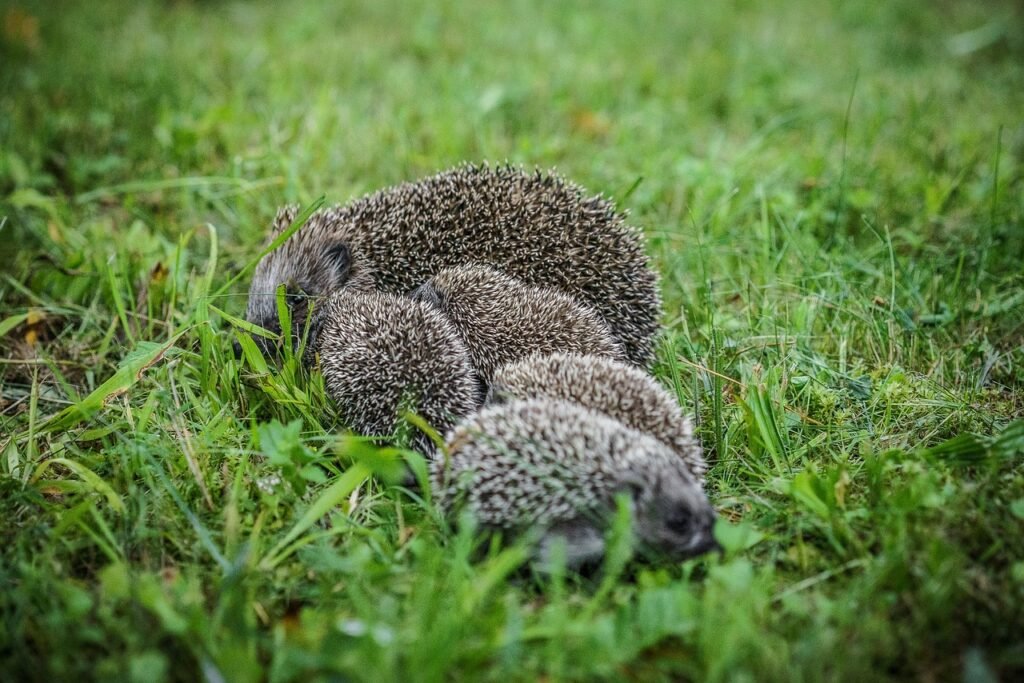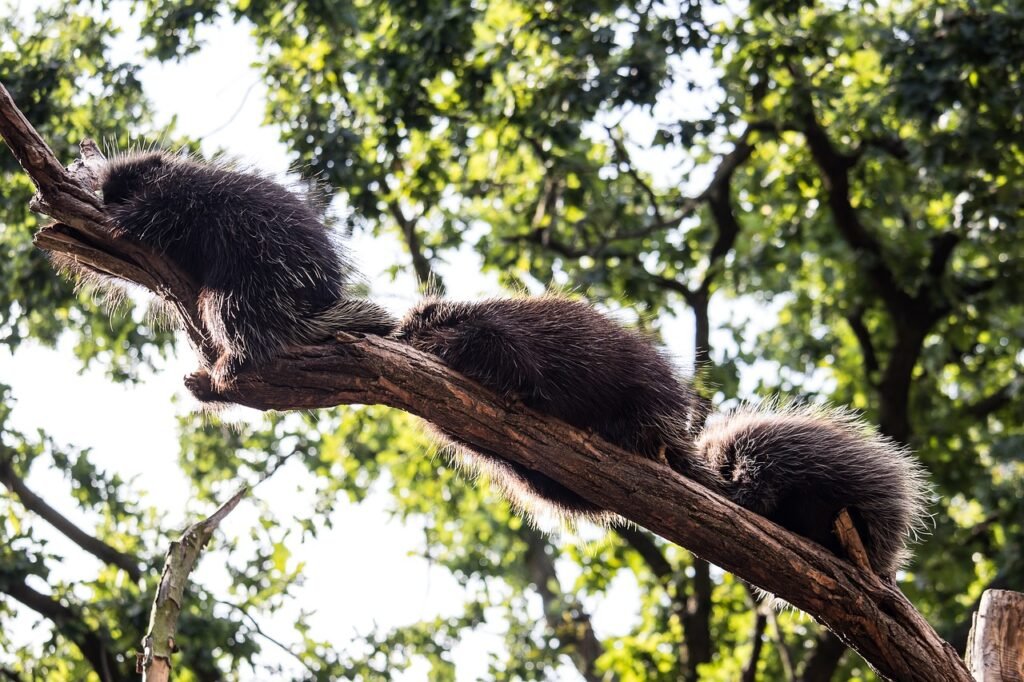Bringing new porcupine life into the world is a fascinating journey that involves understanding the intricacies of porcupine parenthood. From courtship rituals to caring for the adorable offspring, this guide explores the miracle of porcupine breeding and offers insights into the various stages of this extraordinary process.
Courtship and Mating:
1. Seasonal Patterns:
- Porcupines typically have specific breeding seasons, often influenced by environmental factors. Understanding these patterns helps predict when courtship and mating behaviors are most likely to occur.
2. Courtship Rituals:
- Courtship among porcupines involves a series of rituals, including vocalizations, scent marking, and gentle physical interactions. Observing these behaviors can provide valuable insights into the mating process.
3. Mating Behavior:
- Porcupines engage in copulation during the breeding season. Understanding the mating behavior helps anticipate the timing of potential pregnancies.
Pregnancy and Gestation:
1. Pregnancy Duration:
- Porcupine pregnancies typically last several months. Knowing the average gestation period allows caregivers to prepare for the arrival of porcupine offspring.
2. Signs of Pregnancy:
- Identifying signs of pregnancy in porcupines may include changes in behavior, altered eating habits, and physical changes. Close observation during this period is essential for providing appropriate care.
3. Nesting Behavior:
- Pregnant porcupines exhibit nesting behavior as they prepare a comfortable space for giving birth. Providing a suitable nesting area enhances the well-being of the expecting porcupine.
Birth and Early Care:
1. Litter Size:
- Porcupines typically give birth to one or two offspring per pregnancy. Knowing the average litter size helps caregivers anticipate the number of quilled bundles of joy on the way.
2. Birthing Process:
- The birthing process involves the delivery of quilled pups, which are born with their eyes open and covered in soft quills. Observing the birthing process can be a remarkable yet delicate experience.
3. Motherly Care:
- Porcupine mothers are attentive and protective. Understanding their natural caregiving instincts allows caregivers to provide support while respecting the mother’s space.
4. Feeding and Growth:
- Newborn porcupines rely on their mother’s milk for nourishment. Monitoring their feeding habits and growth milestones ensures they are developing healthily.
Weaning and Independence:
1. Weaning Process:
- Weaning is a gradual process where porcupine offspring transition from milk to solid foods. Providing a balanced diet during this period supports their nutritional needs.
2. Developmental Stages:
- Porcupine offspring go through various developmental stages, from tiny quilled infants to playful juveniles. Understanding these stages aids caregivers in providing appropriate enrichment and care.
3. Encouraging Independence:
- As porcupine offspring grow, encouraging their independence becomes crucial. Caregivers can facilitate this process by providing a safe and stimulating environment.
Parental Bond and Family Dynamics:
1. Parental Bonding:
- Porcupine parents form strong bonds with their offspring. Observing these bonds enhances our appreciation for the intricate family dynamics within the porcupine community.
2. Siblings and Socialization:
- Porcupine siblings engage in social interactions, play, and exploration together. Understanding their social dynamics enriches our understanding of porcupine family life.
Conclusion:
Witnessing the miracle of porcupine parenthood is a captivating journey that unveils the natural wonders of life. From courtship rituals to the caring embrace of porcupine mothers, every stage in the breeding process contributes to the richness of these fascinating creatures’ lives. As caregivers, appreciating and respecting the delicate balance of porcupine parenthood allows us to play a supportive role in the continuation of this extraordinary cycle.



